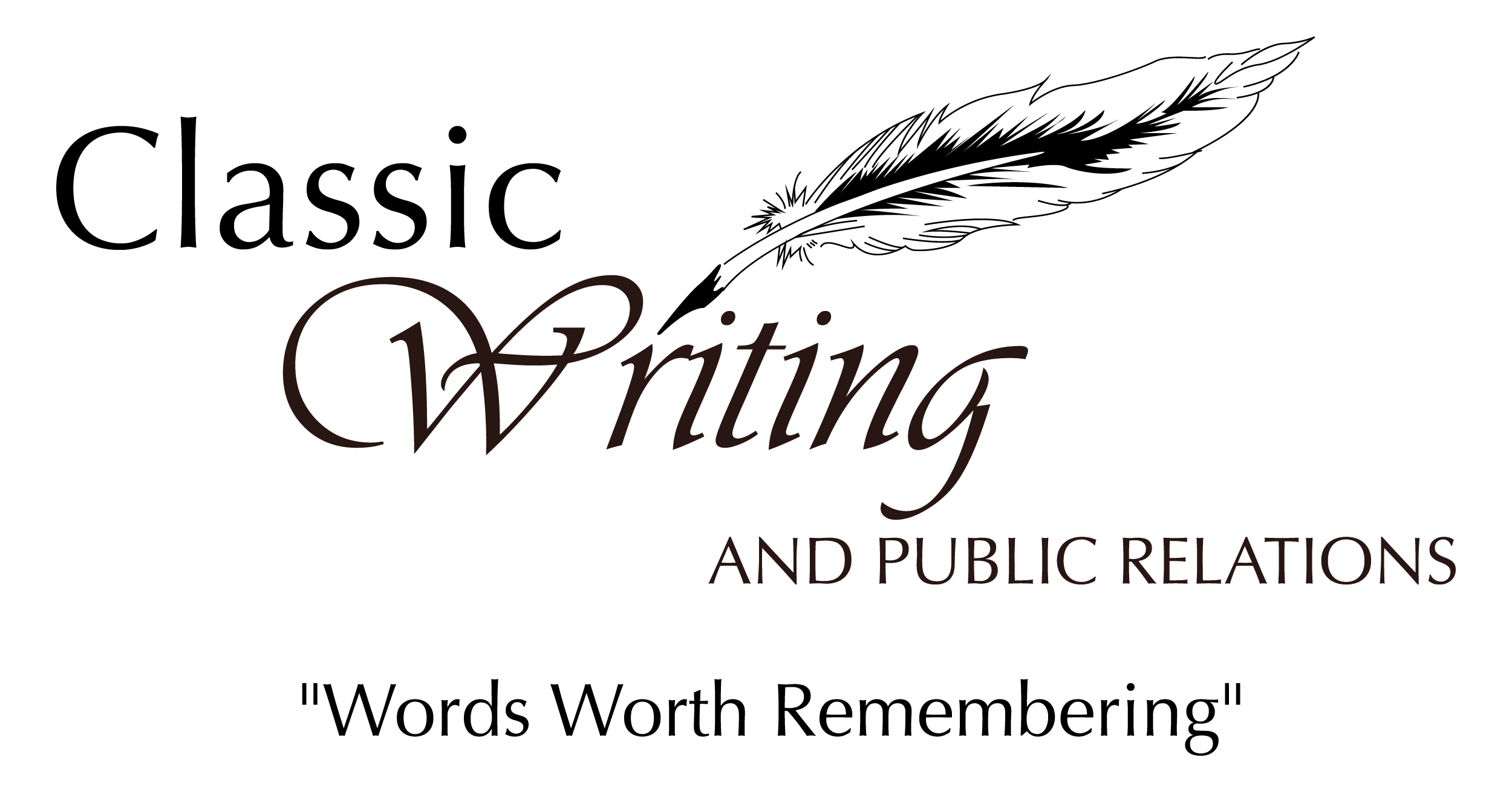Slice-and-Dice
—A Key to Rich Writing
Sometimes one life event inadvertently prepares you for a more daunting task in the future. That’s what happened with the “slice-and-dice” method of managing large amounts of information.
For many years, my writing was limited to newspaper and magazine stories that averaged 500 words.
Then, a call came in from Thomson Gale—a national book publishing company—asking me to write a chapter for their upcoming encyclopedia Drugs and Controlled Substances: Information for Students.
My task was to gather enough research, stories, and legal cases to fully comprehend my assigned drug, cocaine. Next, I needed to organize this mountain of material into well-defined categories.
Lastly, it had to be written in a way that would engage, intrigue, and educate high school students.

The challenge lies in the fact that any single article, book, or document contains juicy details relating to several categories. How could I keep track of so much information?
Voila! I discovered the slice-and-dice method. Now, I’m not claiming that I invented this method. It likely has another name. But this is how it solved my dilemma.
I created one cross-reference directory for all the material. Reading each document—line-by-line (slice-and-dice)—I quickly decided into which category (or categories) each bit best fit. Then, I noted the page number, paragraph number, and a three-word description in a notebook under the appropriate heading (or headings). It’s a painstaking process, similar to slicing and dicing a bushel of vegetables, but it allowed me to consolidate related information and trace any idea to its source at any given moment.
The beauty of this process is that it invites unexpected themes and connections to reveal themselves. These otherwise missed nuances add depth, flavor, and richness throughout the writing.
This worked so well, that Thomson Gale asked me to contribute to or even edit entire books for their Introducing Issues with Opposing Viewpoints series.
However, the real benefit came when I began writing book-length biographies several years later. Imagine hearing an amazing life story spanning 70 or 80 years. Trust me, the 30 hours of recorded interviews never sounds like a book. The authors of these recordings naturally jump from one story to another as one recollection jiggles the memory of a long-forgotten tale and so on.
However, the slice-and-dice method—creating categories such as early childhood, life lessons, business tips, family life, mentors, mistakes, values, etc.—allows the heart of the story to bring the entire project to life.
What results is writing that is so organic and authentic that the author (the person who owns the story) and the writer (Patty Jo Sawvel) are genuinely surprised and delighted with the outcome.
Slice-and-dice. It’s not easy. It’s amazing.
Let's talk.
For a free consultation, please call, text, or fill in the contact form.

